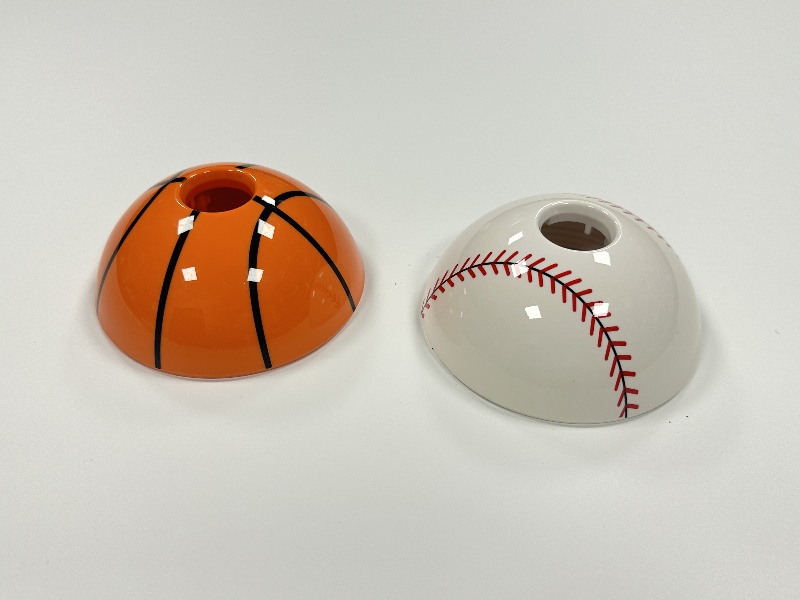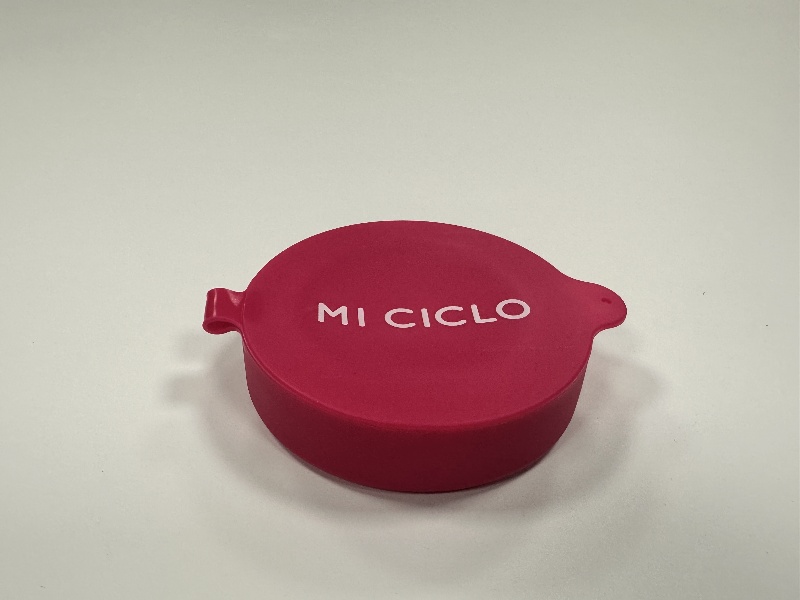Pad printing and screen printing are two different printing methods that are used on a variety of products and on a variety of different materials. Screen printing is used on textiles, glass, metal, paper and plastic. It can be used on balloons, decals, apparel, medical devices, product labels, signs and displays. Pad printing is used on medical devices, candy, pharmaceuticals, cosmetic packaging, bottle caps and closures, hockey pucks, television and computer monitors, apparel such as T-shirts, and letters on computer keyboards. This article explains how both processes work and accounting to their cons and pros provides a comparison to provide insight into which process may be the best alternative to use.
Definition of Pad Printing
Pad printing transfers a 2D image onto a 3D object through an indirect offset, printing process that uses an image from a pad to be transferred to a substrate through a silicone pad. It can be used for difficult-to-print on products in many industries, including medical, automotive, promotional, apparel, electronics, sporting equipment, appliances, and toys, it different with silk printing, often be used in the object with no rule. It can also deposit functional substances such as conductive inks, lubricants and adhesives.
The pad printing process has developed rapidly over the past 40 years and has now become one of the most important printing processes.
At the same time, with the silicone rubber's development, make them become more crucial as a printing medium, because it deforms easily, is ink repellent, and ensures excellent ink transfer.

Pros and Cons of Pad Printing
One of the main advantages of pad printing is that it can print on three-dimensional surfaces and products of various shapes and sizes. Because set-up and learn costs are relatively low, even if you are not professionals also can use by learning. SO some companies will chose to run their pad printing operations in-house. Other advantages are that pad printing machines do not take up much space and the process is relatively simple and easy to learn.
Although pad printing can allow more kind object to printing, but it also has some disadvantages, one disadvantages is that it is limited in terms of speed. Multiple colors must be applied separately. If the pattern which need printing exist kinds of color, it only can use one color every time. And compared to silk printing, pad printing need more time and more cost.
What is Screen Printing?
Screen printing involves creating an image by pressing ink through a stencil screen to create a printed design. It is a broad technology that is widely used in different industries. The process is sometimes called screen printing, screen printing, or screen printing, but these names essentially refer to the same method. Screen printing can be used on almost any material, but the only condition is that printing object must be flat.
The screen printing process is relatively simple, that's main involves moving a blade or squeegee across a screen, and filling the open mesh holes with ink. The reverse stroke then forces the screen to briefly contact the substrate along the contact line. As the screen rebounds after the blade passes over it, the ink wets the substrate and is pulled out of the mesh, finally ink will become pattern and exist in object.

Pros and Cons of Screen Printing
The advantage of screen printing is its flexibility with substrates, making it suitable for almost any material. It's great for batch printing because the more products you need to print, the lower the cost per piece. Although the setup process is complex, screen printing usually only requires setup once. Another advantage is that screen-printed designs are often more durable than designs produced using heat pressing or digital methods.
The disadvantage is that while screen printing is great for high-volume production, it is not as cost-effective for low-volume production. Additionally, the setup for screen printing is much more complex than digital or heat press printing. It also takes longer, so its turnaround is typically slightly slower than other printing methods.
Pad Printing vs Screen Printing
Pad printing uses a flexible silicone pad to transfer ink from an etched substrate to the product, making it ideal for moving 2D images onto 3D objects. This is a particularly effective method for printing on small, irregular objects where screen printing can be difficult, such as key rings and jewelry.
However, setting up and executing a pad printing job can be slower and more complicated than screen printing, and pad printing is limited in its print area because it cannot be used for printing large areas, which is where screen printing comes in my own.
One process is not better than another. Instead, each method is better suited for a specific application.
If you can not determine which one is better for your project, please free to contact us, our professional team will give you satisfactory answer.
Summary
This guide provides a comparison of pad printing versus screen printing, including the pros and cons of each process.
Do you need printing or part marking? Contact Ruicheng for a free quote for part marking, engraving or other services. You can also learn more about pad printing or silk printing. In this guide you will find guidance on each process, our serve will ensure your order arrives on time, while Made to your specifications.
Post time: May-22-2024
